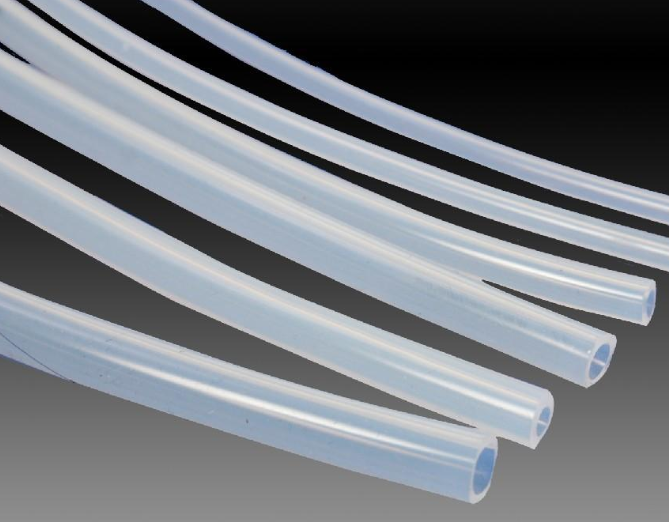When Should You Replace Peristaltic Pump Tubes?

When Should You Replace Peristaltic Pump Tubes?
Peristaltic pump tubes are essential components that ensure accurate and reliable fluid transfer. However, like all consumables, they wear out over time and need to be replaced to maintain pump performance and prevent system failures.
The most common signs that it's time to replace your peristaltic pump tubing include:
Reduced Flow Rate: As the tubing becomes worn or loses elasticity, it may not return to its original shape after compression, leading to a noticeable drop in flow rate.
Tubing Fatigue or Cracks: Over time, repeated squeezing causes the tubing to fatigue. Visible cracks, discoloration, or flattening are clear signs that the tubing is no longer safe to use.
Chemical Degradation: Some chemicals can slowly degrade the tubing material. If you notice swelling, brittleness, or chemical residue, replacement is necessary.
Leakage: Any sign of fluid leaking from the tubing is a critical indicator that it must be replaced immediately to avoid damage or contamination.
Scheduled Maintenance: For many applications, it's best to follow a preventive maintenance schedule based on tubing life expectancy under specific operating conditions (e.g., hours of use, pressure, and chemical compatibility).
Regular inspection and timely replacement of peristaltic pump tubes not only ensure consistent pump performance but also extend the lifespan of the entire system. Always use compatible, high-quality replacement tubing for optimal results.
- Art
- Causes
- Crafts
- Dance
- Drinks
- Film
- Fitness
- Food
- Παιχνίδια
- Gardening
- Health
- Κεντρική Σελίδα
- Literature
- Music
- Networking
- άλλο
- Party
- Religion
- Shopping
- Sports
- Theater
- Wellness


